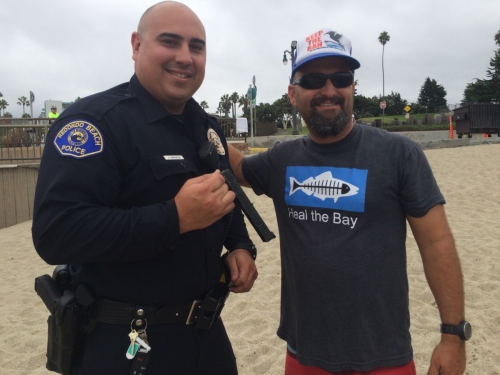Heal the Bay helps you cut through the clutter of a crowded ballot. If you care about a clean, reliable water supply and healthy open spaces, please support Props. 1 and P.
For decades, Heal the Bay has played a role in shaping policy and the funding environment needed to support our work to clean up the Bay. And Nov. 4 marks another important day for people who care about healthy watersheds and thriving oceans. The election will shape the future of our local watersheds, as well as determine how to best manage water resources around the state. We’re keeping our eye on two important campaigns: Proposition 1 (the state Water Bond) and Proposition P (the L.A. County Parks Bond).
Heal the Bay has long supported the “integrated water management approach.” But what does that phrase really mean? In simple terms, water managers need to consider all of our water systems holistically in order to ensure a sustainable water supply and healthy waterbodies.
For example, instead of allowing billions of gallons of stormwater to flow to L.A. County beaches during each rain event, runoff should be captured and infiltrated into local aquifers. This will not only help augment our local water supply but it will also prevent dirty stormwater runoff from polluting our rivers and Bay.
The integrated approach also supports increased water recycling, where we utilize the highly treated wastewater for beneficial uses (e.g. irrigation, industrial needs, recharging aquifers). This in turn will minimize discharges to our Bay. To give you some perspective, the city of L.A.’s Hyperion plant discharges nearly 360 million gallons a day of treated wastewater into the ocean. Imagine if we replenished our aquifers with that water instead of dumping it into the Bay.
These projects are an investment in our collective future, but they do require public funding. Propositions 1 and P can help our region secure these critical funds. Protecting rivers, coasts and watersheds and moving towards regional self-reliance for water supply are vital to our state’s future ecological and economic well-being, as well as our quality of life. This is especially true in the face of threats like climate change and long-term drought.
Proposition 1
What: Proposition 1 is a $7.54 billion dollar statewide bond measure that is focused entirely on water resources. Specifically, the bond includes $1.535 billion for water recycling, stormwater capture, water efficiency and other local water projects. It includes another $900 million for cleaning up groundwater contamination. Also of note, it includes $1.495 billion for watershed protection and $520 million for clean, safe and reliable drinking water.
Why we support: If passed, investments will be made in local water supply projects and watershed restoration — initiatives that can directly benefit our drought-stricken state and Santa Monica Bay.
What opponents might say: Some opponents argue that there is a disproportional amount allocated in the Bond for water storage projects – projects that can have major environmental impacts and do not promote the practice of finding “new” local water sources. While this is true, we believe that the many good elements of Proposition 1 outweigh the potentially problematic elements. As the saying goes, you can’t let the perfect be the enemy of the good. Further, on-the-ground advocacy and current environmental review requirements should help prevent bad projects that are proposed.
Vote: YES on Proposition 1.
Proposition P
What: Proposition P continues funding generated by a 1992 funding measure that is set to expire. Should Proposition P be approved, it would continue funding $54 million a year through an annual $23 per parcel special tax for 30 years.
Of particular note, 15% is allocated to the County for parks, beaches and clean water/park projects and 30% to the County for regional projects for open space, foothill, mountain, trail, river, wetland and stream projects. Cities get 20% of the funds to spend on similar types of projects.
Why we support: Proposition P allocates funds across Los Angeles County, with increased emphasis on projects that enhance water quality in the L.A. River, San Gabriel River and local creeks, lakes and beaches; projects that protect water supply sources; projects in park-poor areas; and projects that employ local youth (Proposition A employed more than 25,000 young people).
Since 1992, we have seen nearly 1,500 projects successfully implemented as a result of the current funding measure. If passed, Proposition P would continue to fund these important projects as well as provide open space for L.A. County residents to enjoy. It would also consider water quality improvements concurrently with these projects.
What opponents might say: Some opponents argue that this is just another tax during tough economic times. Although the measure would cost property owners $23 per year, it’s a small price to pay for a sound investment in the health and wellbeing of Los Angeles and increased water sustainability.
Vote: YES on Proposition P
Are you a Los Angeles or Orange County voter? Click here for polling place and election info.
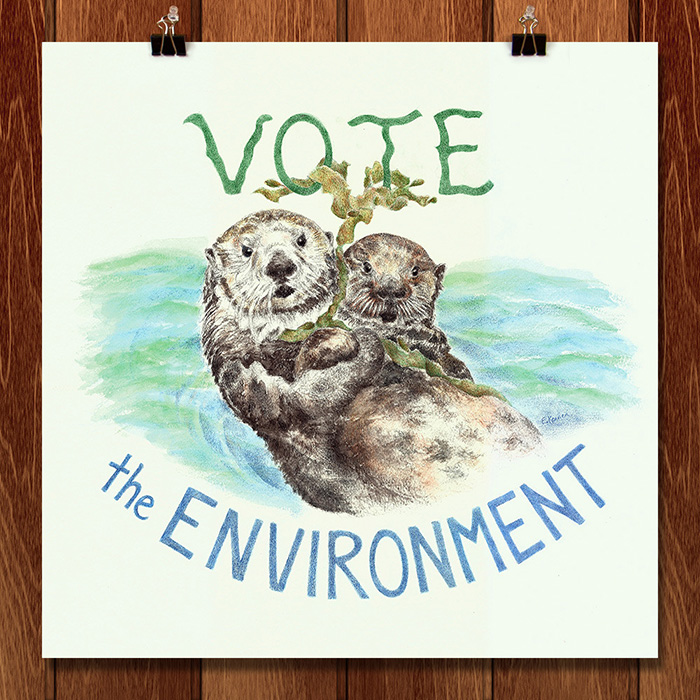
Painting by Elizabeth Kennen



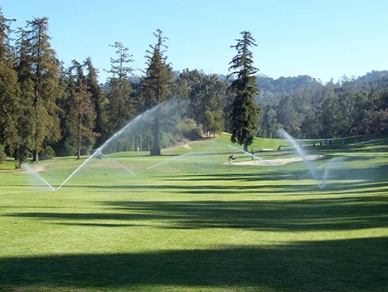
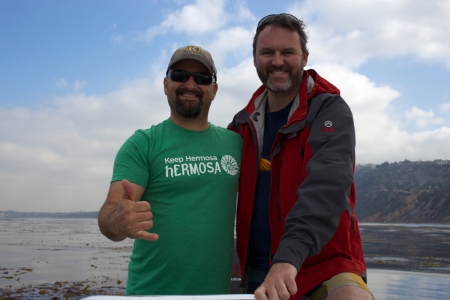 Hartley, right, exploring PV Peninsula with our senior aquarist Jose Bacallao
Hartley, right, exploring PV Peninsula with our senior aquarist Jose Bacallao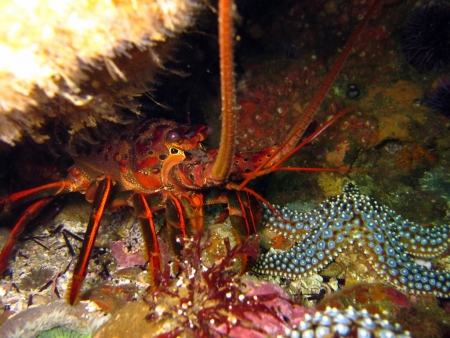 Spiny lobsters are most active night, posing some challenges for divers.
Spiny lobsters are most active night, posing some challenges for divers.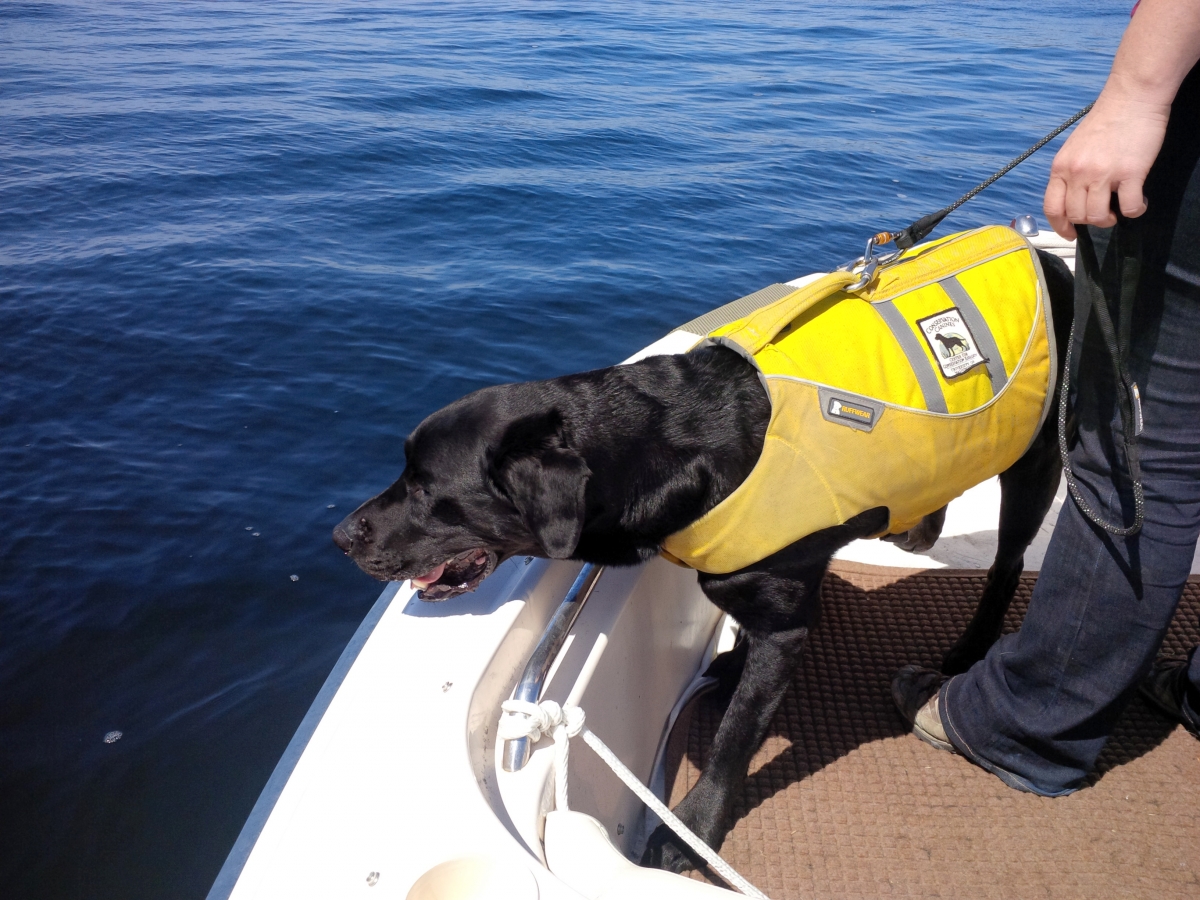

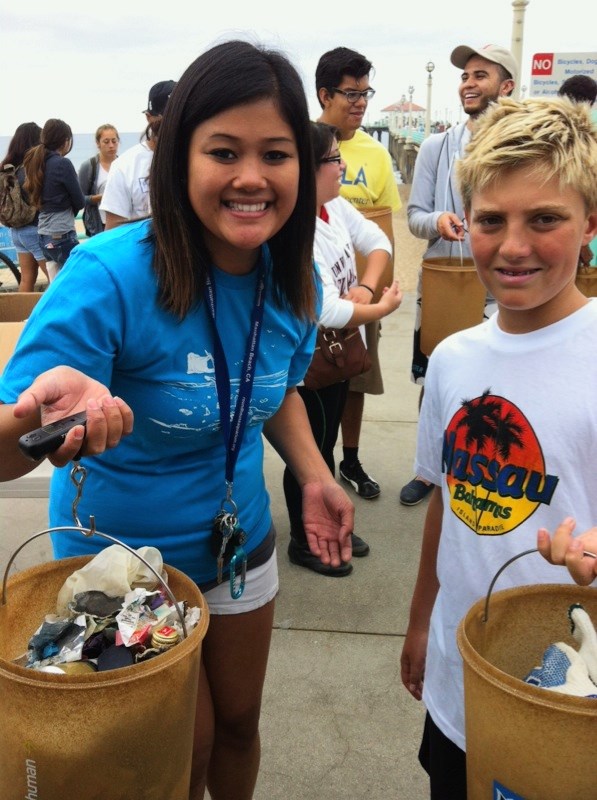 The 11,155 volunteers who participated this morning in Heal the Bay’s 25th Coastal Cleanup Day didn’t unearth anything as dramatic as a cephalopod or a Glock. Instead, they helped collect and dispose of the everyday items that comprise the bulk of trash in our beaches and inland waterways – cigarette butts, food wrappers, bits of Styrofoam, plastic bottle caps and the like. Scattered in piles, this detritus looks like an archaeological dig, a telling testament to our throwaway culture and how we treat our natural places.
The 11,155 volunteers who participated this morning in Heal the Bay’s 25th Coastal Cleanup Day didn’t unearth anything as dramatic as a cephalopod or a Glock. Instead, they helped collect and dispose of the everyday items that comprise the bulk of trash in our beaches and inland waterways – cigarette butts, food wrappers, bits of Styrofoam, plastic bottle caps and the like. Scattered in piles, this detritus looks like an archaeological dig, a telling testament to our throwaway culture and how we treat our natural places.